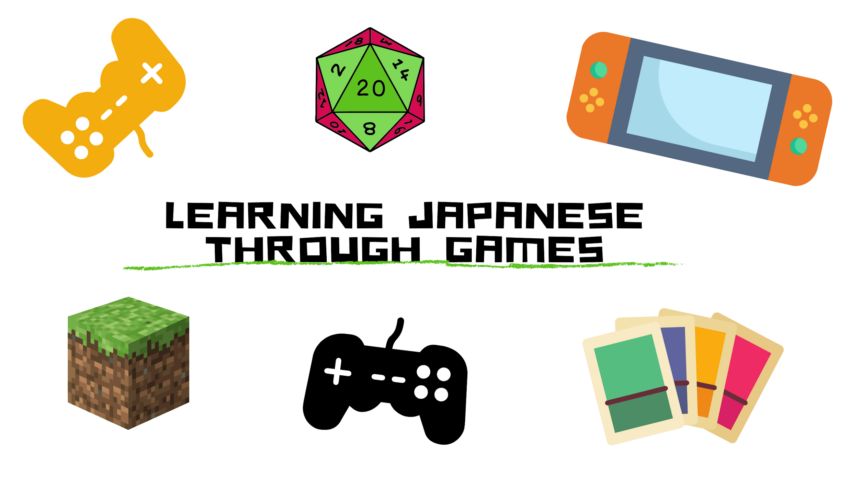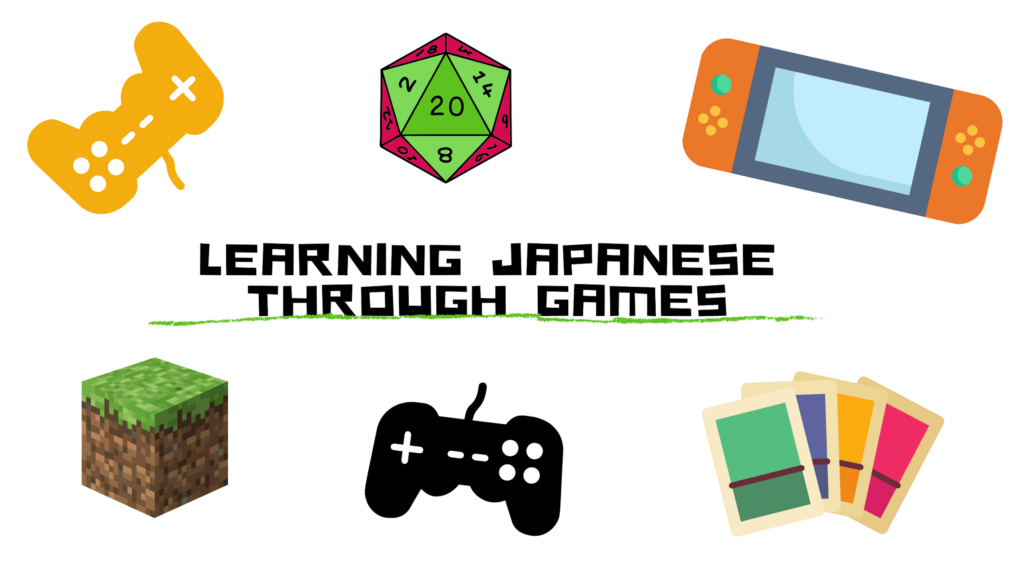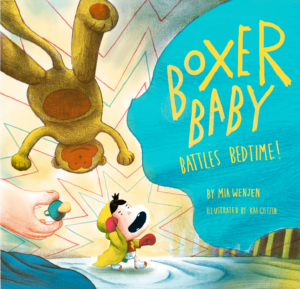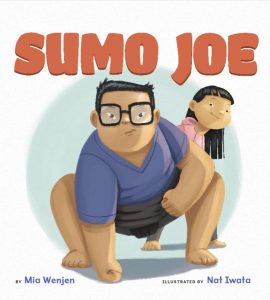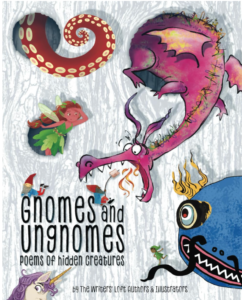—–
No doubt about it, kids love games: board games, card games and, of course, video games! We love our screens and interacting with others through gameplay. So, what better way to learn a second language (or third or fourth) than through putting games at the center of the language learning experience?
Tools and Resources for Using Games to Learn Japanese
WorldOver International School is a virtual school in its 2nd year of operation. They take an innovative approach to language learning, which places gaming at the center of their Japanese language instruction. My two boys have taken Japanese through WorldOver this year and have expanded their vocabulary through Yu-Gi-Oh! Card play, Minecraft, Dungeons and Dragons, Smash Brothers, and much more. It’s been a joy to wake up on a Saturday morning and find my kids plastering the house with sticky notes featuring new Japanese words or creating Japanese word flashcards in voluntary preparation for class on Monday. The instructor connects vocabulary directly to their interests and keeps them engaged and excited to learn Japanese.
Instructor Faith Yokoyama explains, “Children learn by leaps and bounds when they are having fun. Learning Japanese while playing with each other is a natural way to pick up a new language. We learn to speak when there is a need to communicate with each other. Children have a blast when they realize that they can speak to each other in Japanese and the opposing team has no idea what your team is saying to each other.”
Tako features a play mode, study mode, and mini-game mode and is designed to teach students how to read, write and speak Japanese. Play mode features 88 guided lessons whereas study mode offers students the opportunity to review and practice and track their stats and progress. Additionally, minigame mode lets students enjoy the fruit of learning labor as they play various fun minigames.
The Influent App is a language learning app that supports language learning in a wide array of languages, including Japanese. Players step inside a 3D environment and interact with objects to build vocabulary and language skills.
My Japanese Coach is available on the Nintendo DS, so dust off your DS and start learning! In this game, Haruka, a digital character, acts as the player’s sensai (Japanese teacher). This game features games and learning exercises such as flashcards, multiple-choice tests, hit-a-word games, writing cards, memory games, word searches, and more.
Playing Pokemon in Japanese can sound like a challenge, but many people love to use this popular game series to expand their understanding of Japanese and, in particular, their recognition of Japanese characters. Because the game was created with younger children in mind, it offers an accessible opening to Japanese characters. You can select the option of playing in hiragana or katakana, which are the characters that children in Japan learn first. Which of the many Pokemon games should you use though? FluentU recommends Pokemon X/Pokemon Y and Pokemon Sun/Pokemon Moon or even Pokemon Go.
Create Japanese Versions of Classic Games
My sons like to create matching cards (English word on one card, Japanese word on the other) and utilize them to play Go Fish and Memory. This offers language reinforcement through creating the cards and also again when they play the games. To make the most of this learning experience, I encourage parents to join in the fun. Even if you don’t know any Japanese at all, participating in a game of Go Fish or Memory with them reinforces their learning and lets them teach you!
Create Immersive Experiences
In addition to having children spend some of their gaming time in Japanese, we’ve also found that watching shows in Japanese (with English subtitles) and adding Japanese picture books, manga and graphic novels to our home library are also important ways to improve language learning. The more they see, hear, and use a language, the more second nature it will become!
To examine any book more closely at Amazon, please click on image of book.
As an Amazon Associate, I earn from qualifying purchases.
p.s. Related posts:
Bilingual Japanese Books for Kids
Best #OwnVoices Japanese American Books for Kids & Teens
FREE Immersive History Game about WWII Japanese Americans
21 Wonderful Japanese Folk Tales for Kids
Japanese American Post Internment Story: Journey Home (ages 8-12)
Korean and Japanese Sword Making
Japanese Internment Books for Kids & My Family’s Story
Poetry for Kids: Haiku using Japanese Art
Science of Japanese Ramune Soda for Kids
Fold an Easy Origami Sumo and the Tokyo Olympics
My books:
Food for the Future: Sustainable Farms Around the World
- Junior Library Guild Gold selection
- Selected as one of 100 Outstanding Picture Books of 2023 by dPICTUS and featured at the Bologna Children’s Book Fair
- Starred review from School Library Journal
- Chicago Library’s Best of the Best
- Imagination Soup’s 35 Best Nonfiction Books of 2023 for Kids
Amazon / Barefoot Books / Signed or Inscribed by Me

